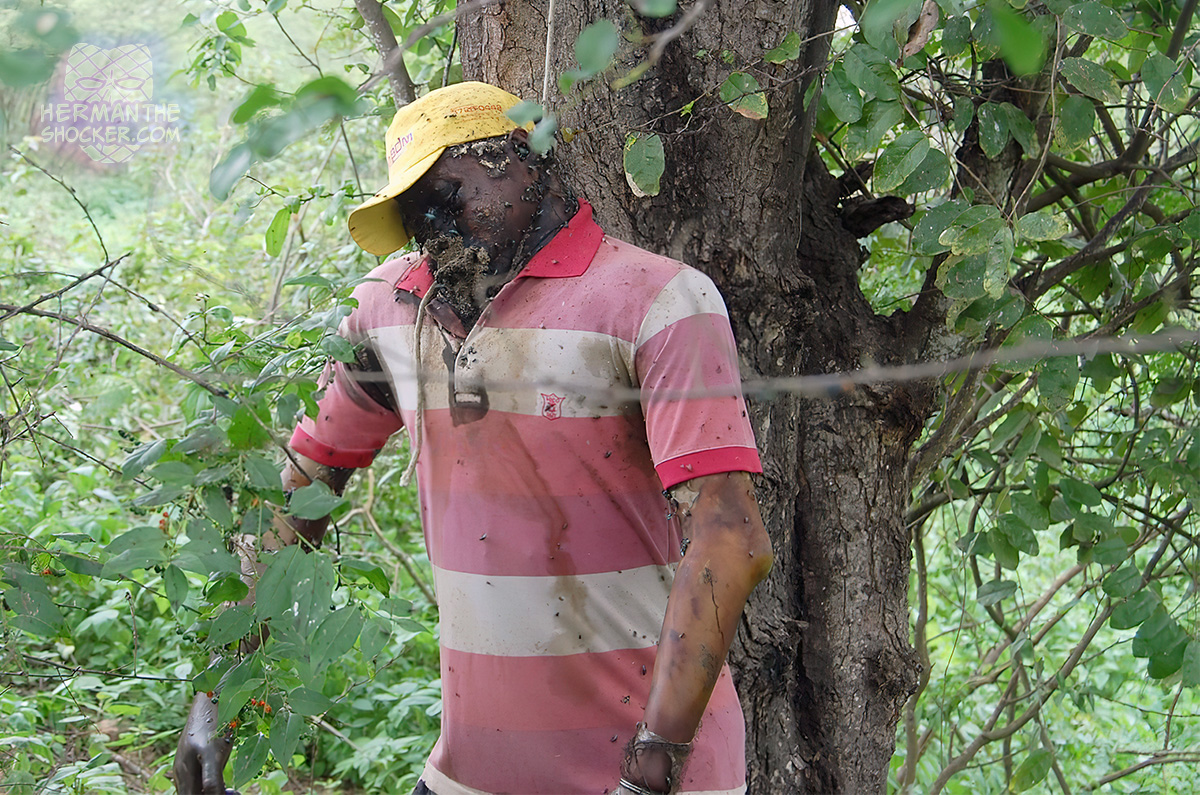A young man in Brazil was found hanged and decomposed in the forest, he had been missing for a few days and was dealing with mental problems, no further info.
Hanging is one of the most commonly used suicide methods and has a high mortality rate; Gunnell et al. gives a figure of at least 70 percent. People who survive hanging report seeing flashing lights and hearing ringing sounds. Suspension hanging usually results in cerebral hypoxia and decreased muscle tone around the neck. According to Aufderheide et al., the most common cause of death of hangings is cerebral hypoxia.
Regardless of the material used to form the noose, suspension hanging will kill the person in three ways: compression of the carotid arteries, the jugular veins, or the airway. About 11 lb (5 kg) of pressure is required to compress the carotid artery; 4.4 lb (2 kg) for the jugular veins; and at least 15 kg (33 lb) for the airway. The amount of time it takes to lose consciousness and die is difficult to predict accurately and depends on several factors. Some believe unconsciousness occurs in five seconds, though it can also take longer.
It took a man who filmed his hanging 13 seconds to become unconscious, 1 minute and 38 seconds to lose muscle tone, and 4 minutes and 10 seconds for muscle movement to cease. Full suspension is not required; most hanging suicides are done by partial suspension, according to Wyatt et al. Geo Stone, author of Suicide and Attempted Suicide: Methods and Consequences, suggests that death by obstruction of the airway is more painful than by the other ways.
Latest posts










